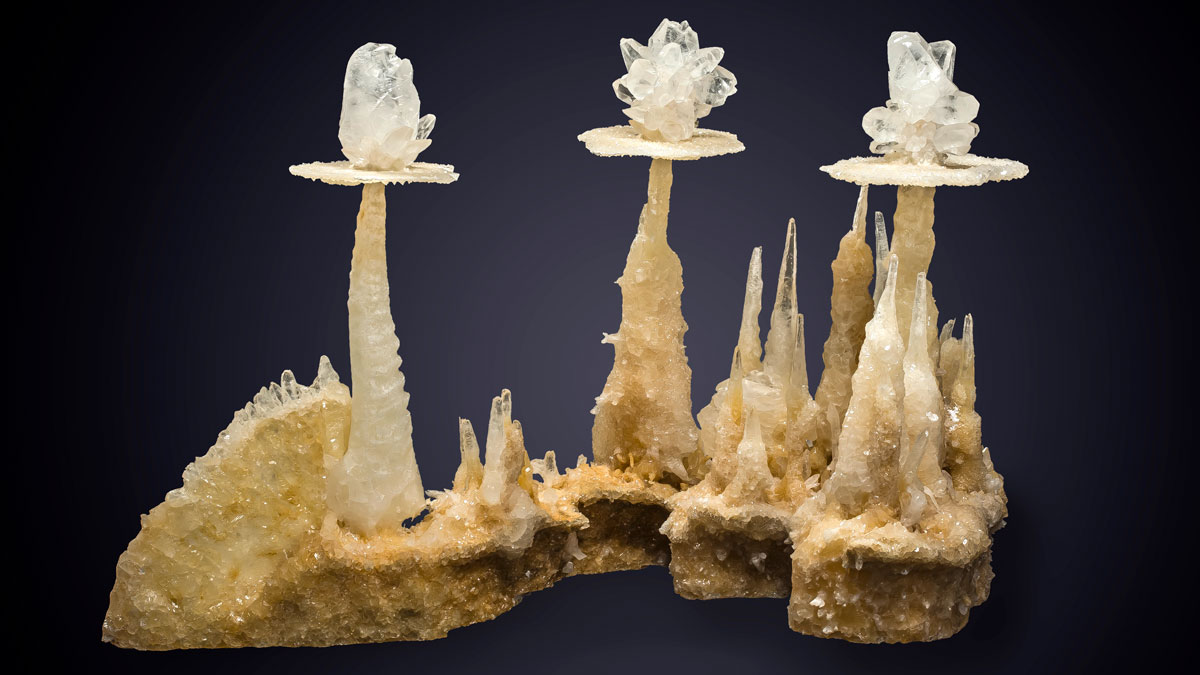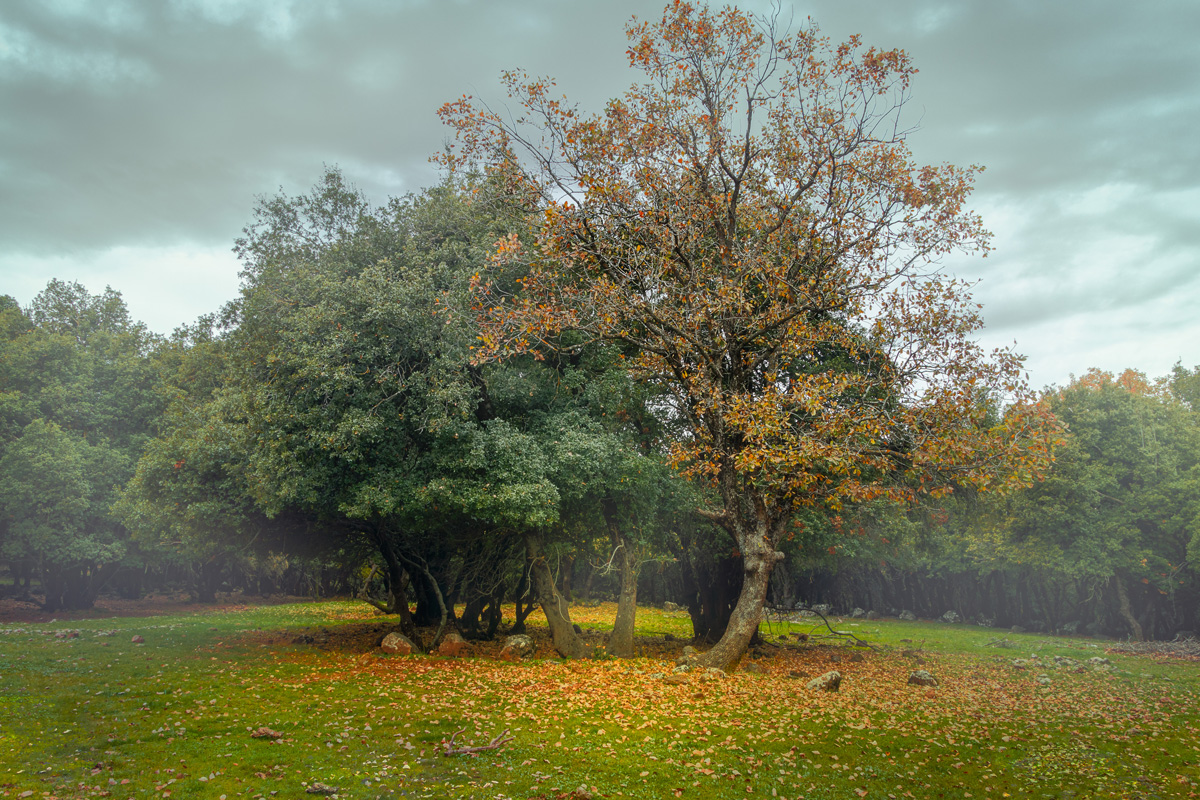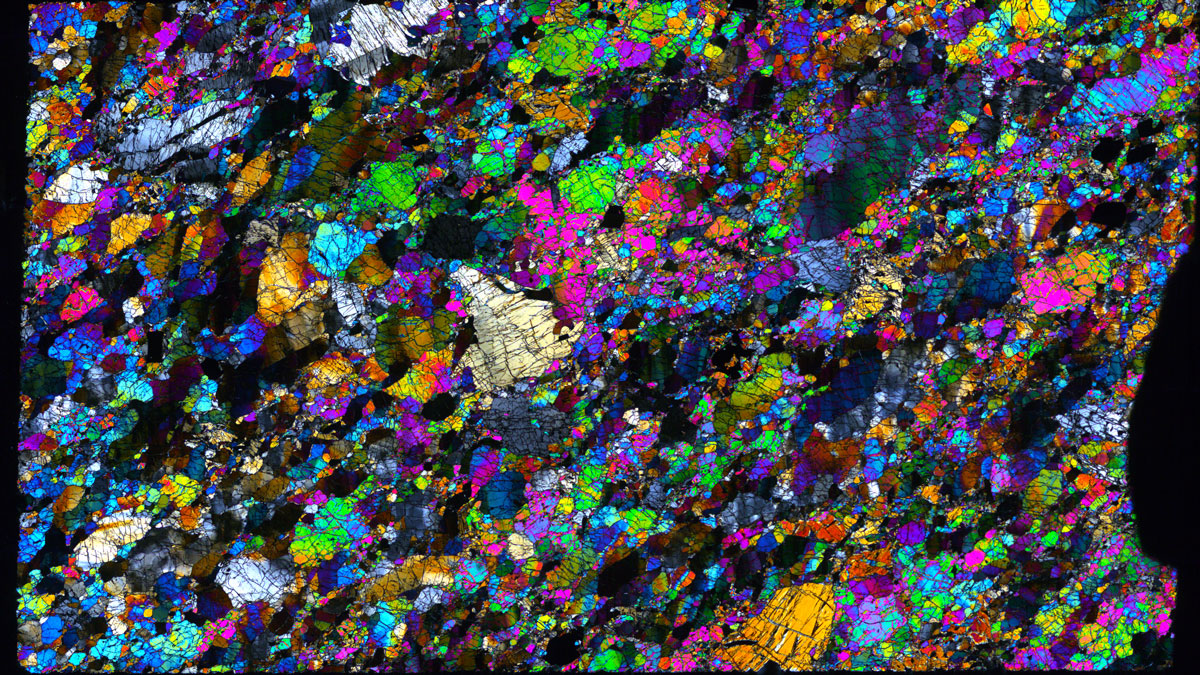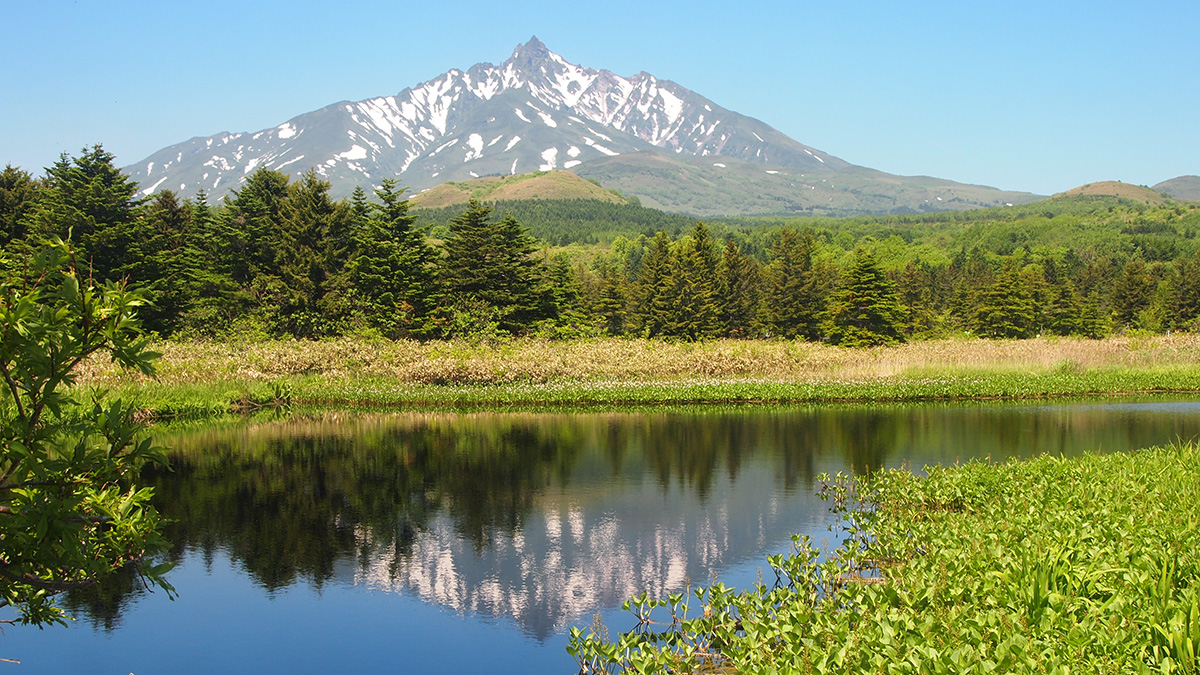As a young Latina, Pérez-Ángel brings a fresh perspective to paleoclimatology.
geochemistry
Sorting Minerals Differently Could Usher a New Era for Mineralogy
Grouping minerals by how they were formed yields insights into our planet’s evolution across billions of years.
Fossil Fuels Drive Increase in Atmospheric Helium
After decades of uncertainty, scientists have finally shown that fossil fuel extraction has flooded the atmosphere with 4He.
Higher Lead Concentrations Found in Diseased Bones
Researchers compared trace element concentrations in patients with and without osteoporosis, finding possible differences in bone geochemistry between the groups.
Mediciones pareadas de gases: ¿un nuevo trazador biogeoquímico?
Una técnica que mide la relación entre el dióxido de carbono producido y el oxígeno consumido podría mejorar las predicciones de la respuesta del suelo al cambio climático.
Million or Billion? Narrowing Down the Age of Mantle Processes in New Guinea
Mantle rocks in Papua New Guinea contain curious geochemical signatures that scientists have traditionally interpreted as evidence of billions-year-old melting. New evidence suggests otherwise.
Climate and Currents Shaped Japan’s Hunter-Gatherer Cultures
New climate records from a peat bog show how two neighboring cultures responded differently to shifts in climate and ocean currents.
Clues from the Sea Paint a Picture of Earth’s Water Cycle
New instrumentation and growing modeling needs in the Earth sciences are driving a renewed effort to compile and curate seawater oxygen isotope data in a centralized, accessible database.
Krypton Isotopes Provide New Clues to Planets’ Pasts
To trace how crucial ingredients for life arrived at Earth, scientists track noble gases. Now, improved methods are drawing new clues from krypton, the most cryptic of noble gases.
Is Earth’s Core Rusting?
If subduction carries hydrous minerals deep into Earth’s mantle, they may “rust” the iron outer core, forming vast sinks of oxygen that can later be returned to the atmosphere.










